
Report the invasive Japanese beetle immediately!
The voracious Japanese beetle is threatening to spread in Switzerland. It was introduced to Switzerland four years ago and was first discovered in the canton of Ticino. To prevent the spread of the pest, the Agroscope research centre is working together with the people of Ticino. An innovative tool is being used to enable the rapid reporting of any discoveries of the Japanese beetle.
Tuesday, September 14, 2021
With a user-friendly web application, the population of Ticino can report sightings of Japanese beetles. As Agroscope writes in a press release, this allows a better overview of the spread of the pest and enables faster intervention in the fight against it. People can report and enter their observations on an interactive map. Cooperation between scientists and the public is extremely important here. The aim is to recognise the pest as early as possible. Once the Japanese beetle has established itself in a region, it is extremely difficult to contain it. It is almost impossible to control adult animals. They also cause the most damage. However, biological control of larvae is possible. To do this, the animals must be observed closely in autumn and their egg deposits must be found in the soil.

Striking features
The Japanese beetle is characterised by a length of approximately eight to twelve millimetres. The following three features are particularly characteristic: a golden-green shimmering pronotum, five white tufts of hair on both sides of the abdomen and two additional tufts of hair on the last abdominal segment. The Japanese beetle feeds on various leaves, flowers and fruits and sometimes causes major damage to cultivated plants. In Switzerland, for example, vines, berries, stone fruit, apple trees, maize and soya are affected. However, the Japanese beetle also attacks woody plants such as maple, birch, beech, oak, lime, poplar and willow. In Ticino, damage has so far mainly been found on vines.
Neobiota on the rise in Switzerland
Neobiota are exotic organisms that have been introduced into Europe where they were previously not native. This was either intentional, accidental or because living conditions have changed due to climate change and have become favourable for neobiota. As they often come from the south, Ticino is particularly affected. The organisms are considered ‘invasive’ if their spread threatens to cause ecological, social or economic damage.
The number of neobionts in Switzerland is constantly increasing, particularly due to the globalisation of trade and climate change. In view of the considerable damage they can cause to crops, coordinated and targeted control at national level is essential.
Canton Bern also warns
The canton of Bern is also relying on the help of the public in the search for the Japanese beetle. Anyone who discovers a specimen must report it to the authorities immediately. The Plant Protection Centre has set up an online form for this purpose. According to the Bernese Department of Economic Affairs, Energy and the Environment, the Japanese beetle is threatening to spread throughout Europe.
Special stamp
To mark the International Year of Plant Safety 2020, Swiss Post, in collaboration with the Federal Plant Protection Service, presented a special stamp with an illustration of the Japanese beetle. The aim was to draw the public's attention to the danger of pests and plant diseases and to support early detection.
Sources
Related articles
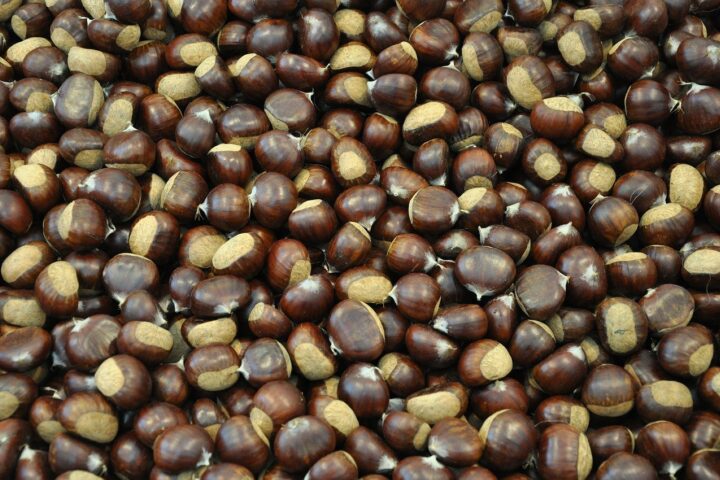
Invasive species threaten native plants
The economic interdependence of the world has increased greatly over the past years and decades. Due to the brisk trade activity between the continents, invasive plant and animal species are also spreading faster and faster. This can lead to serious problems for native vegetation and agriculture. According to the FOEN, the canton of Ticino is particularly affected.

Invasive pests travel with us
Invasive pests and plant diseases are among the greatest challenges for biodiversity and agriculture. They often enter Switzerland via travel and imported goods and cause great damage to cultivated and wild plants. Since 2020, the import of plants from non-EU countries is prohibited. However, introduced pests are a worldwide problem.
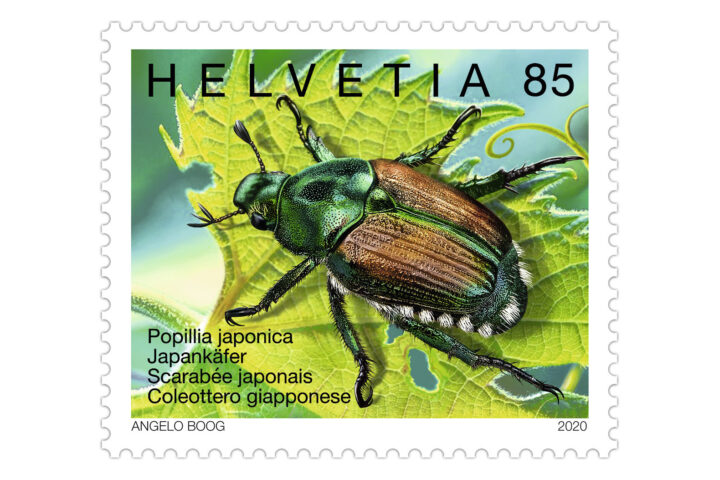
Traveling Japanese beetle threatens native plants
The Japanese beetle was first discovered in Switzerland in 2017 in Ticino. Now it has made it to the northern side of the Alps. After being found in Basel-Stadt and Solothurn, a larger population of the beetles has been found in Kloten for the first time. They are controlled with traps, but also pesticides.

Sales bans due to PFAS: Should we be worried?
After spectacular sales bans on fish and meat due to PFAS contamination, consumers are asking themselves: How dangerous are these substances really – and what can still be placed in the shopping basket without concern?
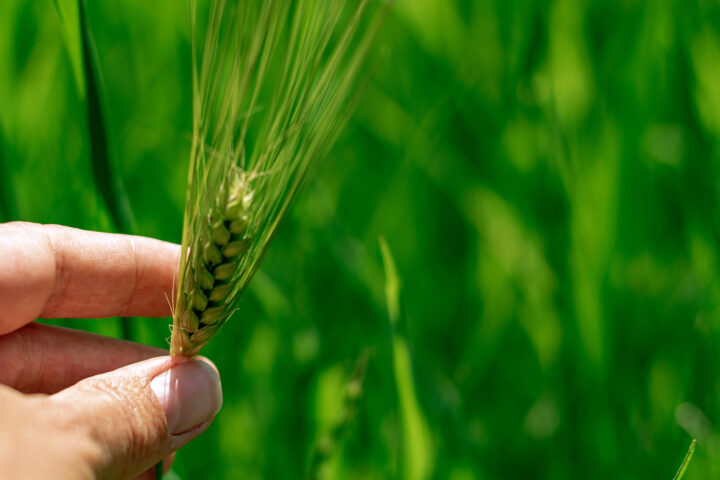
How German Experts View New Breeding Techniques
In hardly any other country is the idyllic image of organic farming cultivated in the public sphere as carefully as in Germany. Naturalness and rural authenticity are powerful mental refuges for many Germans. Against this backdrop, it is hardly surprising that resistance to new breeding techniques is strong – and that ignorance about the realities of organic farming sometimes appears almost deliberate.
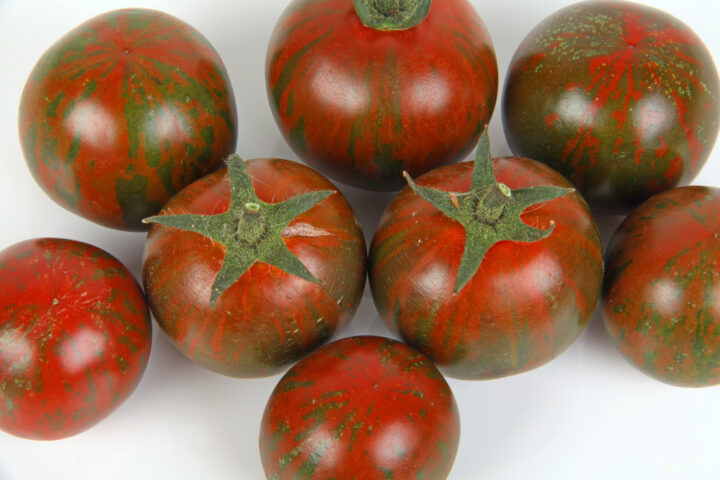
Why consumers accept gene-edited foods on their plates
Acceptance of gene-edited foods increases when the tangible benefits for consumers are easy to understand. A recent study by the Center for Food Integrity (CFI), conducted in collaboration with FMI – The Food Industry Association, shows that consumers evaluate technologies such as genome editing positively when they recognize clear advantages for health, the environment, or food security.
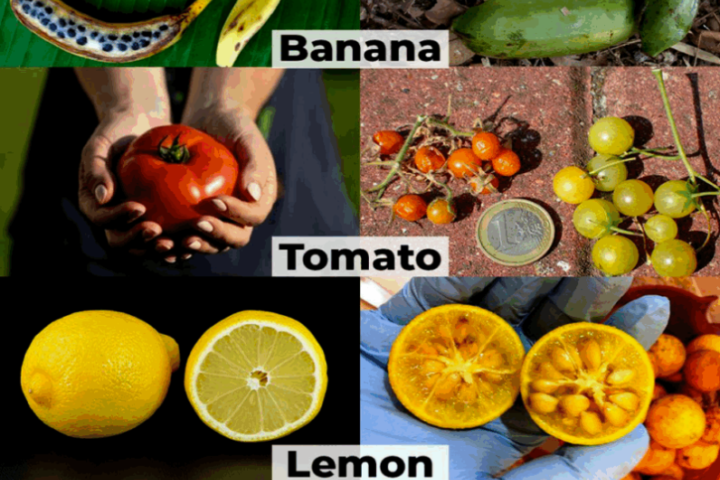
Beautiful and delicious mutants on your plate: The misunderstood world of crop improvement
When most of us hear the word mutation, the images that come to mind are not positive. We think of radioactive monsters, comic book villains, or genetic diseases like sickle-cell anemia. In popular culture, “mutants” are often synonymous with danger. Possibly the most famous are Marvel’s X-Men, who have enjoyed four big-screen incarnations and an enduring place among sci-fi movie aficionados.

